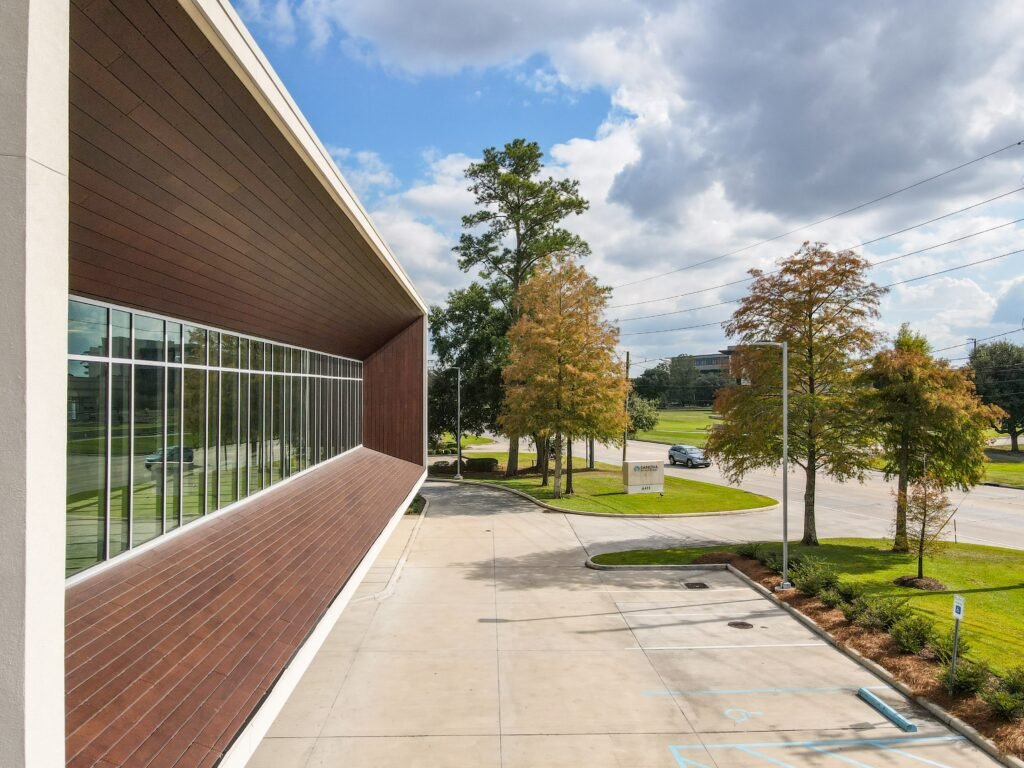Public transport has become an integral part of urban life, providing convenient and efficient travel options for millions of people every day. But did you know that it also has a significant impact on property values? This article explores how the accessibility and proximity to public transportation can influence the value of residential and commercial properties, highlighting the benefits and potential drawbacks of living near bus stops, train stations, and other transportation hubs. Whether you’re a homeowner, investor, or simply interested in urban development, understanding the relationship between public transport and property values is crucial in making informed decisions.

Understanding the Relationship between Public Transport and Property Values
Public transport and property values are closely intertwined. The presence, accessibility, and quality of public transport systems play a significant role in determining property prices. In this article, we will explore the various factors that contribute to this relationship and delve into the historical perspective, positive and negative impacts, quantification of the impact, different types of public transport, rental prices, regeneration areas, future predictions, and policy implications.
Defining Public Transport
Public transport refers to the transportation services available to the general public, typically operated by governmental or private entities. Examples include buses, trams, trains, subways, metro systems, and transport links to airports. These modes of transport are designed to transport large numbers of people efficiently, reducing traffic congestion and carbon emissions.
Defining Property Values
Property values indicate the worth or market price of a property. They are affected by numerous factors such as location, size, amenities, proximity to schools and healthcare facilities, and public transport accessibility. Public transport plays a significant role in determining property values as it directly affects the convenience and ease of commuting for residents.

How Public Transport Could Impact Property Prices
The impact of public transport on property prices can be both positive and negative. Proximity to public transport nodes such as bus stops, train stations, and tram lines can significantly increase property values. On the other hand, noise and pollution concerns, potential increases in crime rates, and the visual impact of transport infrastructure can negatively affect property values.
Historical Perspective on Public Transport Impact on Property Prices
There is a long-standing relationship between public transport and property prices that has been observed throughout history. Cities with well-established and efficient public transport systems have generally seen higher property values. Case studies have shown how the introduction or improvement of public transport infrastructure has led to an increase in property values in those areas.
Positive Impact of Public Transport Proximity on Property Values
Improved accessibility provided by public transport has a positive impact on property values. The convenience of having transportation options in close proximity increases the attractiveness of a property, especially for those who rely on public transport for their daily commute. Properties near public transport nodes also have easier access to amenities and services, further enhancing their value.
Additionally, public transport can positively affect commercial properties. The presence of efficient public transport systems can attract businesses, as they provide easy access for employees and customers. This increased economic activity can contribute to the overall desirability and value of commercial properties located near public transport.
For potential homeowners, public transport proximity offers the benefit of reduced commuting times, saving both time and money. Properties near public transport often have higher demand and can command higher prices, making them a sound investment for homeowners.

Potential Negative Impact of Public Transport on Property Values
While public transport proximity generally enhances property values, there are potential negative impacts to consider. One concern is the noise and pollution associated with public transport infrastructure. Properties located close to busy roads, railway lines, or airports may experience higher noise levels and air pollution, which can decrease their value.
Another potential negative impact is the perceived increase in crime rates in areas with public transport accessibility. The presence of transport hubs can attract a transient population, which might lead to an uptick in criminal activity. This perception can deter potential homeowners and investors, leading to a decrease in property values.
Additionally, the visual impact of public transport infrastructure, such as overhead power lines or large transport stations, can affect the aesthetics of an area and potentially decrease property values.
Quantifying the Impact of Public Transport on Property Values
Quantifying the impact of public transport on property values is essential for urban planners, policymakers, and real estate professionals. Various methods are used to assess this impact, including hedonic pricing models and spatial analysis techniques. However, quantifying the exact impact can be challenging due to the presence of numerous confounding factors and the dynamic nature of property markets.
Despite the challenges, recent research has shed light on the relationship between public transport and property values. Studies have found that properties within close proximity to public transport nodes can have price premiums ranging from 5% to 20% compared to similar properties located further away. These findings provide valuable insights into the quantification of the impact and inform decision-making processes.
Impact of Different Types of Public Transport on Property Values
Different types of public transport can have varying impacts on property values. Buses, trams, and trains are commonly found in urban areas and can significantly increase property values when conveniently located. Their accessibility and frequency of service make properties near these modes of transport highly desirable.
Subway and metro systems typically have a more significant impact on property values due to their rapid and efficient nature. Properties located within walking distance of subway or metro stations often experience higher price premiums, as these systems offer fast and reliable transportation options.
Airports and their transport links can also impact property values. Properties near airports may experience noise pollution and lower property values. However, transport links connecting airports to the city center can increase property values due to the accessibility they provide for frequent travelers and businesspeople.
Impact of Public Transport Accessibility on Rental Prices
Public transport accessibility also has a significant impact on Rental prices. Residential rental prices in areas with good public transport connections tend to be higher compared to areas with limited or no access to public transport. The convenience and cost-saving benefits of public transport make properties in these areas more attractive to renters.
Commercial rental prices can also be influenced by public transport accessibility. Businesses often prioritize locations with good transport links, as they attract both employees and customers. Therefore, commercial properties near public transport nodes often command higher rental prices.
Public transport accessibility can also impact the short-term rental market, such as vacation rentals or Airbnb properties. Properties with convenient access to public transport are more appealing to travelers, as they provide easy exploration opportunities and access to attractions and amenities.
Public Transport and Property Values in Regeneration Areas
Regeneration areas refer to locations that are undergoing significant revitalization and redevelopment. These areas often receive substantial public and private investment, including the improvement of public transport infrastructure. As a result, the introduction or enhancement of public transport in regeneration areas can have a transformative impact on property values.
Public transport can stimulate regeneration by improving connectivity, attracting investment, and increasing the desirability of the area. As the area improves, property values tend to increase, making it an attractive option for property developers and investors.
Future Predictions: Transportation Innovations and Property Prices
The future of public transport holds exciting possibilities with emerging technologies and innovation. Autonomous vehicles, for example, have the potential to reshape transportation systems and impact property values. These vehicles could alter the dynamics of commuting and change the way properties are valued based on their proximity to public transport nodes.
Improved public transport networks, including high-speed rail and expanded subway systems, are also predicted to have a significant impact on property values. These improvements can enhance connectivity, reduce travel times, and increase the desirability of properties located near these upgraded networks.
Policy Implications and Conclusion
The impact of public transport on property values has important policy implications for urban planning and development strategies. Planners and policymakers need to consider public transport accessibility when making decisions regarding infrastructure development. Investing in public transport improvements can lead to positive economic, environmental, and social outcomes for cities and their residents.
For property developers, understanding the impact of public transport on property values is crucial. Developing properties with proximity to public transport in mind can increase their market value and attractiveness to potential buyers and renters.
In conclusion, public transport plays a vital role in determining property values. From historical trends to future predictions, understanding this relationship is essential for policymakers, urban planners, and real estate professionals. By harnessing the positive impacts while mitigating the negatives, cities can create sustainable and desirable living environments.
